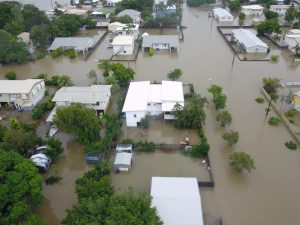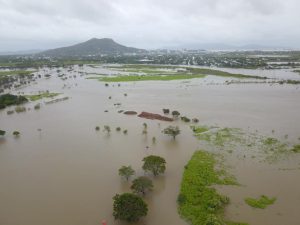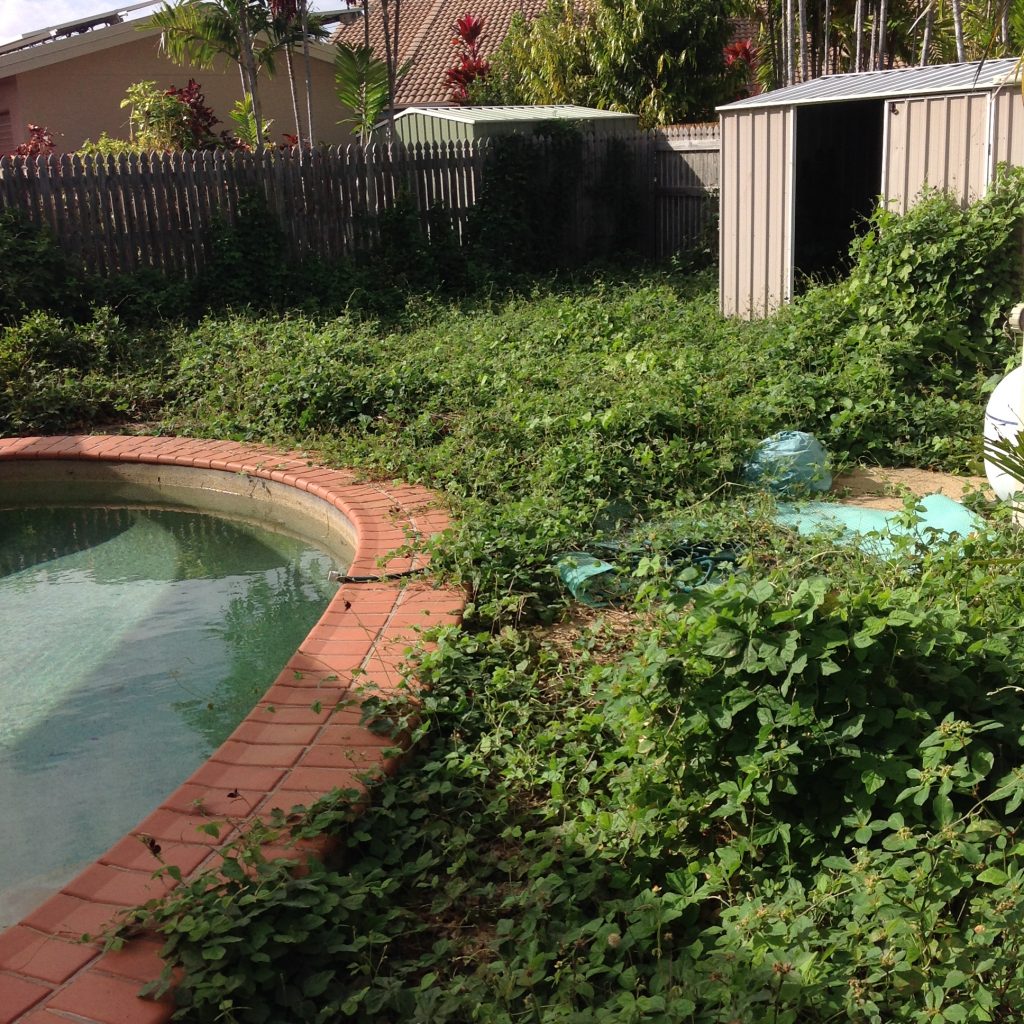Tips to help reduce flood damage to lawns, plants and gardens
The recent record rainfall and resulting flooding has left an unprecedented level of destruction in its wake.


As Townsville collectively works to recover from this catastrophic event, and the community rallies to help clean the mud and damaged furniture and possessions from people's homes, we also begin to see the impact it's had outside on the gardens and lawns.
While some may not consider a garden as essential, for many Townsvillians their outdoor areas have become their sanctuary, a place of calm and relaxation, a place where they share family time and even for some Plant-EM clients a place of healing.
Many have spent countless dollars and even more hours working to create their perfect yard and now the additional blow of that being destroyed cannot be understated.
Plant-EM Director William’s own garden was inundated, his downstairs flooded and he and his wife have had to seek out alternative toilet arrangements as theirs was rendered ‘out of order’ due to rising waters.
William has some initial practical advice for reducing ongoing damage to those whose yards have been inundated by flood waters.

William’s Advice
1. As soon as possible – remove the silt or mud off grass and plant leaves to help your garden breath and continue to grow.
Wherever the silt debris sits for a while it will kill grass and plants under it.
Once the silt is hard the grass or plant will struggle to come through.
When removing debris it is important to take precautions and were personal protective clothing as their could be bacteria or in some cases sewage remnants in flood silt

2. Mow your lawn as soon as possible as this will allow it to dry out quicker and kill all the nasties that lay in the water. Lawn that is waterlogged for too long can die.
3. If you can, remove or aerate the mulch (use a pitch fork close to plant stems) and help the air get in to the roots of the plant. This will also help stop the soil from going sour.
4. Applying a liquid fertiliser with a seaweed, kelp of humic acid base will help with plant recovery by stimulating new root growth.
5. Make sure your irrigation system is off – the ground is saturated and will not need watering for at least 1 to 2 weeks. But check it first, the flood may have impacted the system and it may need repair or maintenance to ensure it is available for use when your garden and lawn needs it.

6. Weeds – weeds will come thick and fast when the sun finally comes out. It’s best to try and pull the weeds out before the ground completely dries out (easier on the back) it’s also the best time to apply herbicides while the weeds are actively growing.
Plant-EM has offered to provide free assistance to its clients affected by the floods to help save their gardens from further damage.
William has volunteered as part of clean up crews across the city to try and put some of these tips to practical use for those worst impacted.
If you need some advice please don’t hesitate to reach out. If the Plant-EM team can help we will.
[email protected] | 0418 777 003
#changingliveswithgardens

